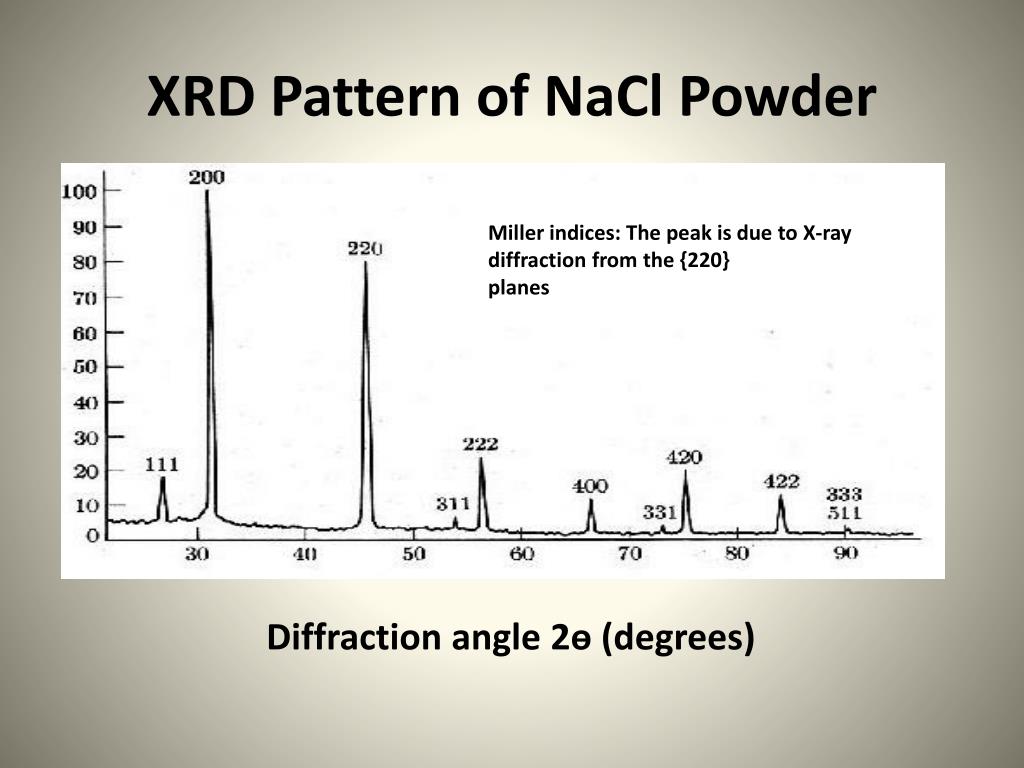
The incident angle is always of the detector angle 2. The diffraction angle, 2, is defined between the incident beam and the detector. This model reproduces many features of our experimental data and points to the importance of accounting for the plastic anisotropy of single-crystal grains, which can, in turn, lead to inter-grain elastic strain inhomogeneity and complex distortions of the diffraction rings. The incident angle,, is defined between the X-ray source and the sample. We extend our understanding by using a Taylor-type, single-crystal plasticity model in which the total strain of each grain is assumed to be identical to that of the whole sample. Consideration of both the β-fiber metallurgical texture of the rolled copper foil that we used as the sample material and the measured diffraction linewidths provides an empirical understanding of the data. 3 Chem 253, UC, Berkeley The amplitude of the rays scattered at d 1, d2, d3. However, our measured diffraction data from all crystallographic reflection planes considered together are not consistent with a simple model that assumes homogeneous elastic strain. Powder and single-crystal diffraction vary in instrumentation beyond this. A key component of all diffraction is the angle between the incident and diffracted rays. These X-rays are directed at the sample, and the diffracted rays are collected. A careful analysis of X-ray diffraction profiles obtained from copper single crystals with. We intended to measure the anisotropy of elastic strain and infer the effective strength of copper at a high strain rate. All diffraction methods are based on generation of X-rays in an X-ray tube.

X-ray diffraction: The diffraction of X-rays by crystals, producing interference effects (i.e., diffracted beams) at specific angles. The XRD study confirms / indicates that the. Diffraction: The physical phenomenon of interference produced through the interaction of electromagnetic waves (i.e., X-rays) or particle beams (i.e., electrons, neutrons) with crystals, assumed as atomic lattices. Our objective was to record distortion (variation of scattering angle at peak intensity, 2 θ, with azimuthal position, φ, around the diffraction ring) of the Debye–Scherrer rings. Table.4 shows the experimentally obtained X-ray diffraction angle and the standard diffraction angle of Cu specimen. Copper is the most common target material for single-crystal diffraction. We report the measurements of in situ Debye–Scherrer x-ray diffraction from copper foils shock compressed at the Orion laser facility to pressure in the range of 10–40 GPa. A key component of all diffraction is the angle between the incident and.


 0 kommentar(er)
0 kommentar(er)
